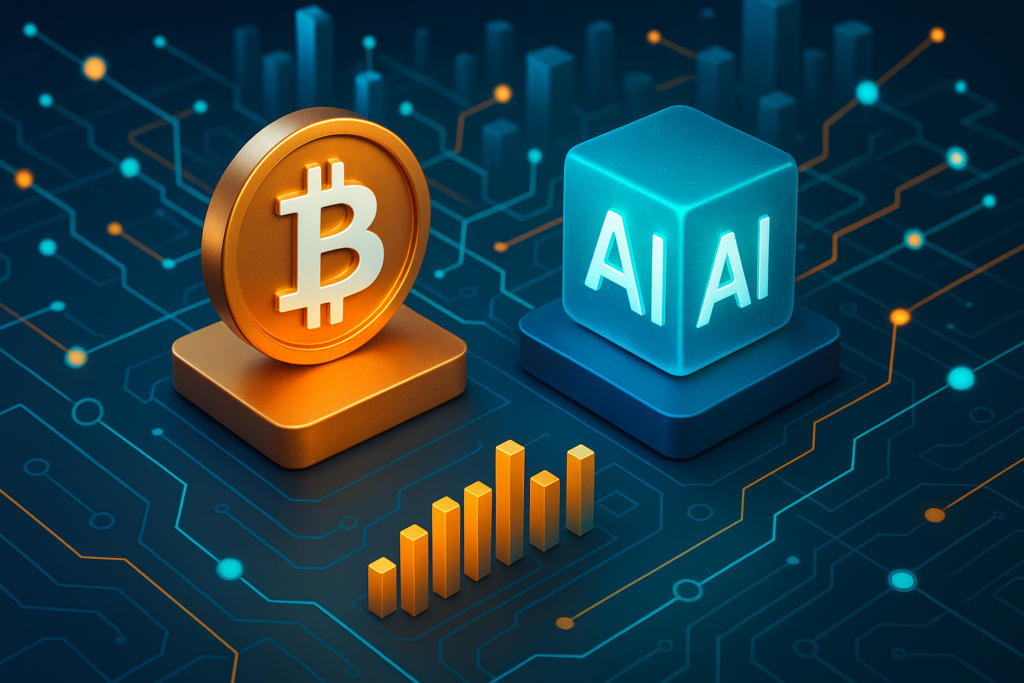A recent report reveals that the Decentralized Physical Infrastructure Network (DePIN) sector, currently valued at an estimated $30–50 billion, could skyrocket to $3.5 trillion by 2028. This projection is grounded in the accelerating convergence of blockchain technology and artificial intelligence (AI), signaling a transformative era for digital infrastructure.
What is DePIN?
DePIN refers to a system where community-owned physical infrastructure—such as sensors, routers, or data storage—is connected through blockchain networks. Participants contribute real-world resources and receive cryptocurrency rewards in return. This model shifts control from centralized tech companies to the network’s users, fostering greater transparency, efficiency, and scalability.
Over 1,500 active DePIN projects are already in operation globally, reflecting growing interest in decentralizing access to infrastructure like compute power, data collection, energy grids, and telecommunications.
The Role of AI: Introducing DePAI
A key driver of the DePIN surge is the rise of Decentralized Physical AI (DePAI). This model enables AI agents to directly interact with real-world data and infrastructure in a decentralized manner. Rather than depending on a centralized cloud or proprietary systems, AI tools can now operate across permissionless, community-governed environments.
This evolution represents a fundamental shift in how AI functions at the edge, opening the door to use cases like:
- Decentralized AI-based traffic control
- Real-time drone navigation powered by crowd-sourced data
- Blockchain-secured energy distribution with AI optimization
Growth Potential and Market Dynamics
The report suggests that the fusion of blockchain and AI will dramatically accelerate capital investment, developer activity, and enterprise adoption across the DePIN landscape.
Key factors contributing to the projected $3.5 trillion growth include:
- Rising demand for transparent, tamper-proof infrastructure
- Expansion of machine-to-machine economies
- Proliferation of IoT devices requiring decentralized coordination
- Advancement of on-chain AI agents in industrial applications
Future Outlook
If current trends continue, DePIN is positioned to become one of the most significant sectors in both Web3 and AI development. Its open-source, incentive-driven model could reshape global infrastructure ownership, allowing individuals and communities to own and operate the digital backbones of the future.
